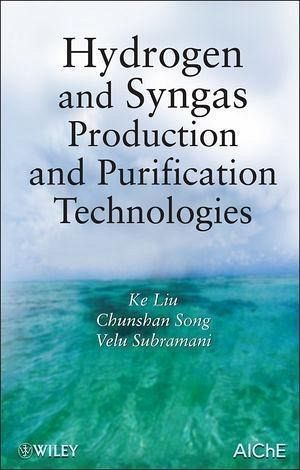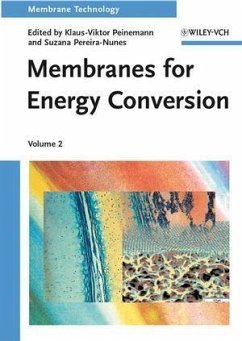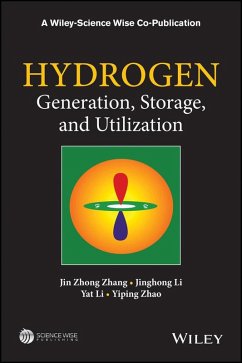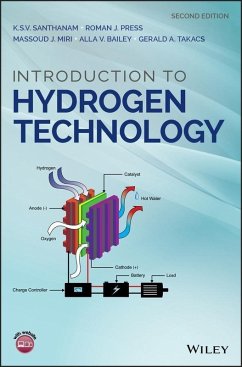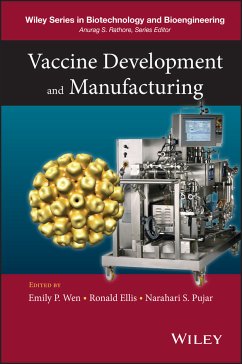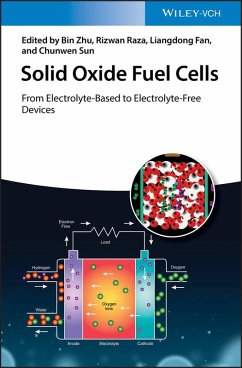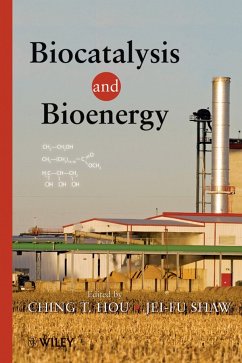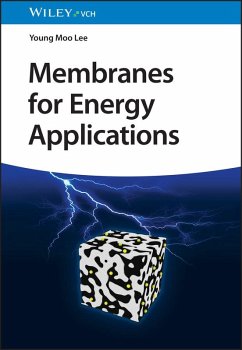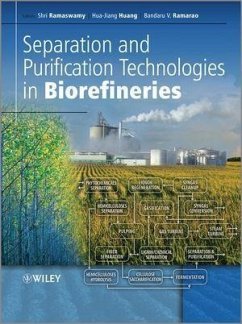KE LIU, PhD, MBA, is the Principal Scientist and Project Leader of the Energy and Propulsion Technologies Division of GE Global Research Center, working on different technologies related to gasification, IGCC, syngas, and fuel conversion. Currently, he leads a team of engineers to develop the dry feeding technology for next-generation GE gasifier for high-moisture, low-rank coal and biomass gasification. Dr. Liu started his career at Exxon-Mobil and then UTC Fuel Cells, working on various fuel and H2 production technologies. He is not only a leading expert on energy, fuels, and gasification, but also an industrial leader who led many large R&D projects funded by DOE and large U.S. energy corporations such as GE, Shell-UTC, and Exxon-Mobil. A recipient of numerous awards, including the 2006 National Emerald Honors Special Recognition Award, Dr. Liu has served as a board member and program chair of International Pittsburgh Coal Conference, a board member of the Energy Center of CalTech (PEER), and the associate editor of the Energy and Fuels Journal. CHUNSHAN SONG, PhD, is a Professor of Fuel Science and Chemical Engineering and the Director of the EMS Energy Institute at Pennsylvania State University. A recipient of numerous awards, he has been extensively published, and his research on clean fuels and catalysis has been funded by government and industry. Also, Dr. Song has served as chair for the ACS Division of Petroleum Chemistry; chair for ACS Fuel Chemistry Division; and advisory board chair and program chair for International Pittsburgh Coal Conference. VELU SUBRAMANI, PhD, is a Research Scientist working for the BP Refining and Logistics Technology team. He has over fifteen years of research experience in heterogeneous catalysis for fine chemicals synthesis, energy production, and environmental protection. He is the recipient of research fellowships from Switzerland and the Science and Technology Agency (STA) of Japan. Dr. Subramani is the author of over fifty peer-reviewed articles in international journals and the author or co-author of several patents. He served as the program chair for the ACS Division of Fuel Chemistry.
